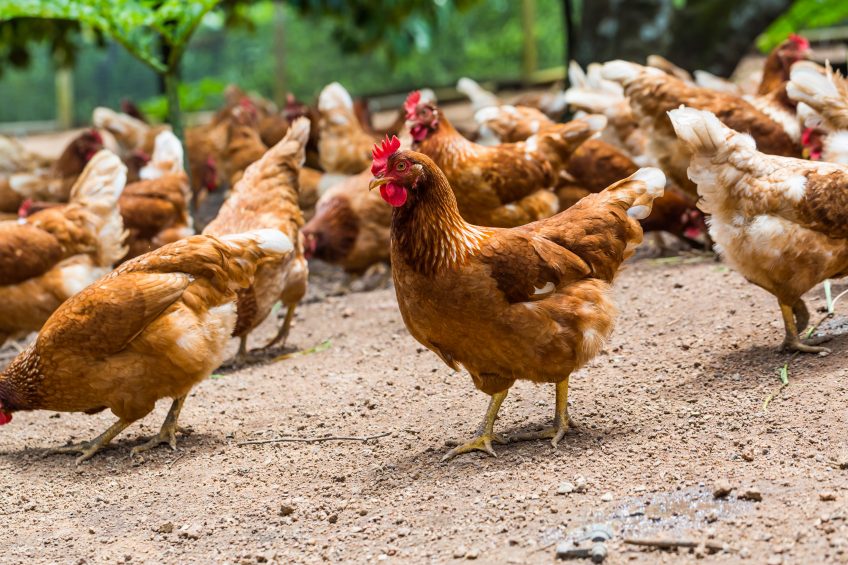Australian regulator defines free range egg standard

New guidance for free-range egg producers has been provided by the Australian government ahead of the launch of new National information Standards rules that come into force in April.
Under the new standard, Australian free-range egg producers will not be able to use the words free-range on their egg cartons unless the eggs were laid by hens that:
- Had meaningful and regular access to an outdoor range during the daylight hours of the laying cycle
- Were able to roam and forage on the outdoor range
- Were subject to a stocking density of 10,000 hens or less per hectare, and that outdoor stocking density is prominently displayed on the packaging or signage.
Australian Competition and Consumer Commission chairman Rod Sims said if an egg producer’s hens were using the outdoor range on a regular basis and they satisfy the stocking density requirements, then the producer could all the eggs free-range.
Reaching consumer expectations
“Shoppers are willing to pay a premium for free-range eggs, but only if the chickens genuinely have regular access to an outdoor range,” he added.
The guidance was described as common sense by the Australian Egg Farmers. Chief Executive John Dunn said that while the changes wouldn’t be cost-free for farmers, they would meet the expectations of consumers.
“They expect the birds to be able to move around, be free, and if they want to have a wander outside they should be able to. Ultimately, if it’s a win for consumers, it’s a win for farmers,” he told Australian media sources.
Opinions on stocking density differ
The stocking density issue has divided the nation. Welfare organisation Choice have previously criticised the 10,000 hens per hectare limit, saying the Government’s new standard fails consumers.
Choice produces its own guide to free-range egg producers in each state, labelling only eggs produced at a stocking density of 1,500 birds per hectare.
Also read: Waning free-range egg sales in the United States has prompted the nation’s largest egg producer to cut back on their production. Read more
And South Australian MP Rebekha Sharkie has written a private member’s bill aimed at capping the stocking density for free-range eggs at 1,500 birds/ha.
She described the new labelling requirements as “incredibly ambiguous for the consumer.”
Industry experts, according to Australian poultry blogger Philip Westwood, expect there will be many more prosecutions because many corporate egg producers with intensive facilities have for years been marketing their eggs as free-range and they don’t propose to change their ways.













